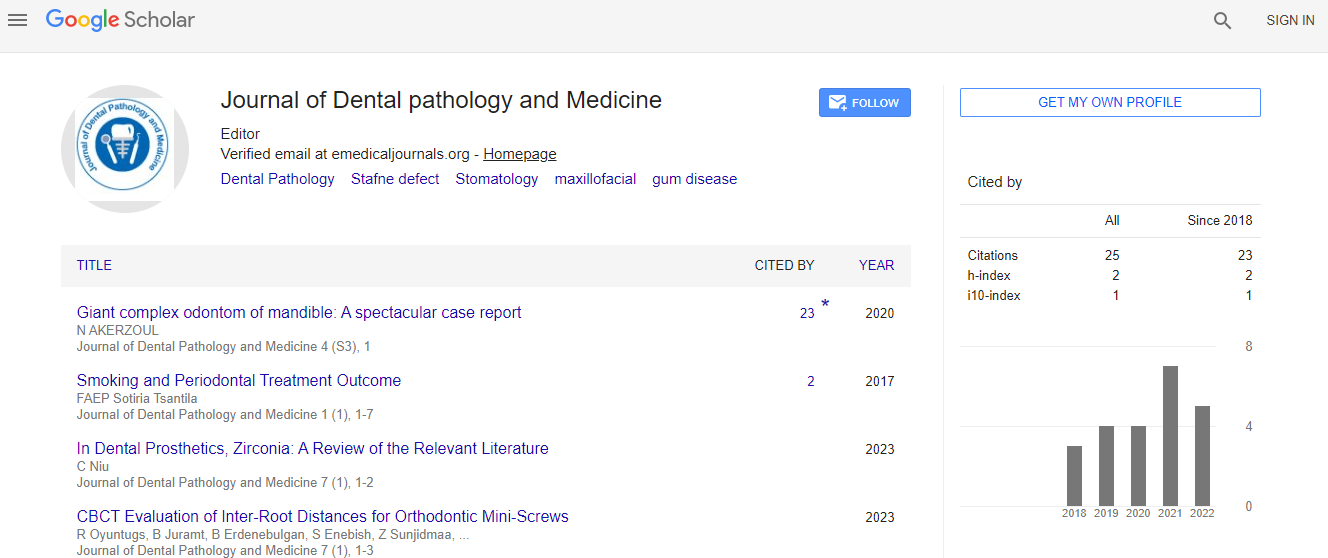The impact of dental treatment and age on salivary cortisol and alpha-amylase levels of patients with varying degrees of dental anxiety
*Corresponding Author:
Copyright: © 2020 . This is an open-access article distributed under the terms of the Creative Commons Attribution License, which permits unrestricted use, distribution, and reproduction in any medium, provided the original author and source are credited.
Abstract
The purpose of this study was to assess the salivary cortisol and salivary alpha-amylase levels in children aged between 6-9 years.
Total of 1567 patients were screened, a total of 151 patients completed the study, patients’ heart rate on recall, salivary cortisol and salivary alpha-amylase where compared between the groups.
Showed that salivary cortisol and salivary alpha-amylase had a significant association with the level of dental fear. The phobic patients had the highest levels of salivary cortisol and salivary alpha-amylase with no significant associations observed with either heart rate or extent of dental treatment. Control and anxious patients had significantly lower amylase levels when compared to phobic patients.
Within the limitations of this study we can conclude that salivary amylase is an indicator of acute stress that can differentiate between anxiety and dental fear; while salivary cortisol appears to be a marker of long-term stress that lacks the sensitivity to differentiate between the two.

